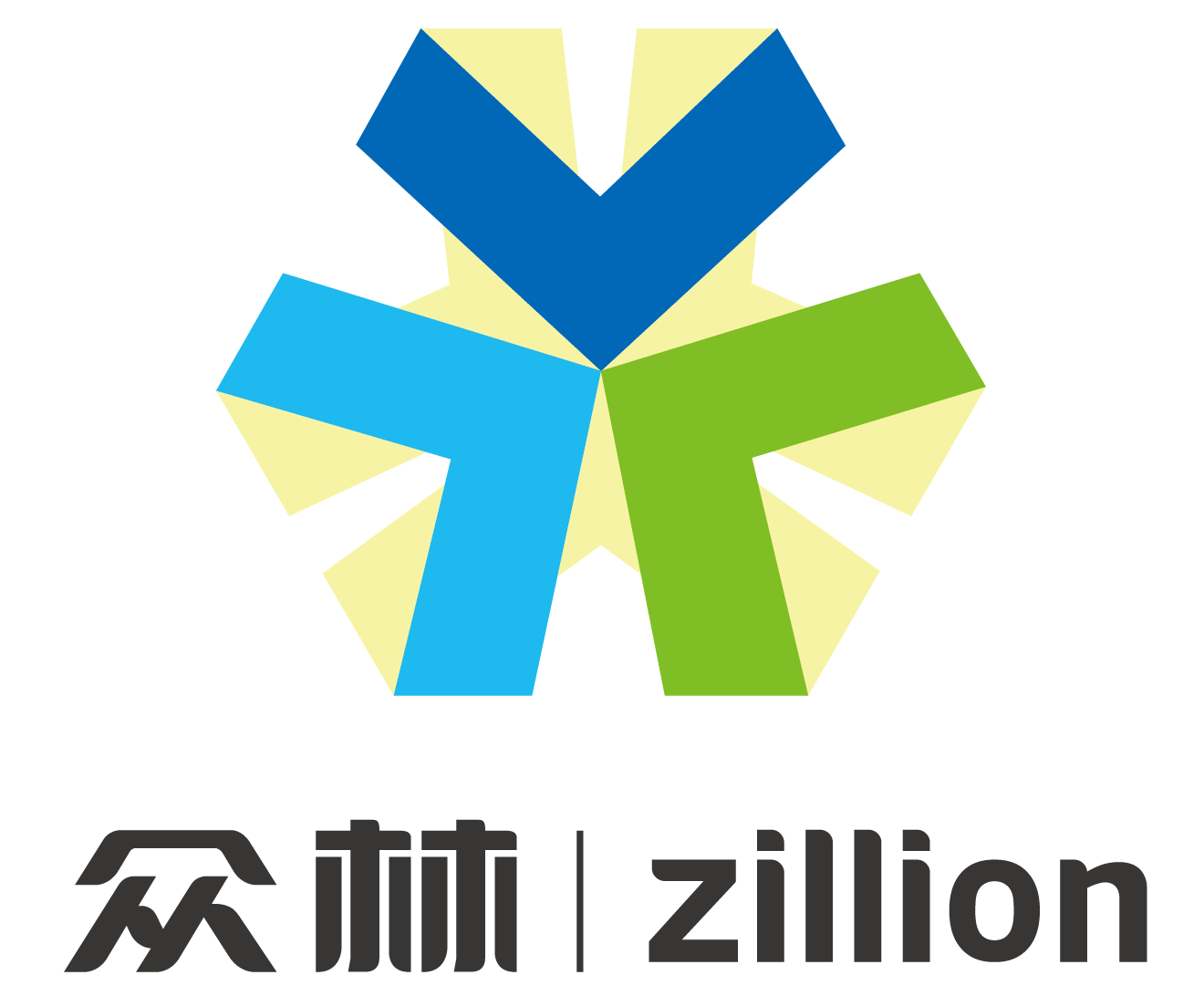CCIT Services
What is CCIT in pharmaceutical industry?
Container Closure Integrity Testing (CCIT) is an assay that evaluates the adequacy of container closure systems to maintain a sterile barrier against potential contaminants. Contaminants that could potentially cross a container closure barrier include microorganisms, reactive gases, and other substances. In the field of pharmaceutical packaging, confidence in integrity is not only crucial but is required by international standards such as UPS 1207, CDE etc. The FDA recommends (USP 1207) C.C.I. (container closure integrity) testing regularly through a product’s lifetime to avoid deterioration and/or weathering issues.
The newly revised United States Pharmacopoeia USP 1207.2 Package Integrity Leak Testing Technique (also known as container Closed Integrity Testing Technique (CCIT)) classifies leak detection methods into deterministic methods and probabilistic methods, among which vacuum attenuation method, high voltage discharge method and laser headspace analysis method are deterministic methods. The traditional microbial invasion method and color water method are probabilistic methods. Existing regulations, such as FDA regulations, favor the use of empirical physical quantitative testing methods, namely deterministic methods mentioned in USP 1207.2.Emphasis is being put on implementing validated deterministic CCI testing methods and generating science-based CCI data.
Zillion CCIT service
Maximum leakage test standard: ≥1μm
Scope of service: vial powder, lyophilized, water injection, ampoule, prefilled syringe, infusion bottle, infusion bag, double cavity bag and other packaging forms.
Multiple search detection methods cover various CCIT methods, including vacuum decay method, laser headspace method, micro current high voltage discharge method, vacuum helium detection method, low voltage discharge method, etc.
Packaging headspace analysis
Service items: residual oxygen, vacuum, dissolved oxygen, etc
Packaging type: vials, ampoules, prefilled syringes, blister, soft bags and other packaging forms.
Test method: fluorescence method (lossy), laser method (nondestructive)
Monitoring headspace oxygen levels in sterile parenteral containers is essential to ensure the stability and potency of oxygen-sensitive product. Besides a loss of efficacy and reduction in shelf life, exposure of such products to oxygen can result in product discoloration, changes in dissolution rate and profile, and even toxicity or other pharmacological properties associated with negative side effects.
Zillion offers solutions for oxygen monitoring based on non-destructive laser-based headspace analysis. These solutions can be applied throughout the product life cycle, in Manufacturing, Development and Quality Control.
-
Vacuum decay method
Instrument: PTI -- VeriPac 455, USA
Compliance with regulations: USP< 1207> , EU GMP, CDE Conformance Evaluation, ASTM F2338-09(2013)넶104 ¥ 0.00 -
Laser headspace method
Instrument: Us Lighthouse -- FMS-760
Compliance with regulations: USP<1207> , EU GMP, CDE Conformance Evaluation, ASTM F2338-09(2013) 1207 , EU GMP, CDE consistency evaluation넶99 ¥ 0.00 -
Micro current high voltage discharge method
Instrument: PTI - E-Scan 655, USA
Compliance with regulations: USP<1207>, EU GMP, CDE consistency evaluation넶65 ¥ 0.00 -
Vacuum helium detection method
Instrument: US LDA -- SIMS Model 1915+
Compliance: USP <1207>, CDE conformance evaluation넶50 ¥ 0.00 -
low voltage discharge method
Instrument: Japan Mutual - Argo series AJH-FD
Compliance with regulations: USP<1207>, EU GMP, CDE consistency evaluation넶63 ¥ 0.00
Shanghai Zillion M&E Equipment Co.,ltd E-mail:info@zillionccit.com Tel:4008880570 Add:9 / F, building 11, No. 518 xinzhuan Road, Shanghai | Privacy Policy |
Shanghai Zillion M&E Equipment Co.,ltd E-mail:info@zillionccit.com Tel:4008880570 Add:9 / F, building 11, No. 518 xinzhuan Road, Shanghai | Privacy Policy |









